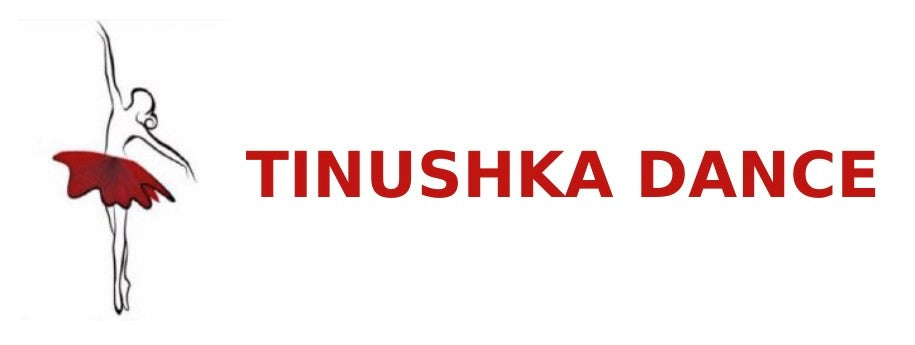How can I exercise my feet for better pointework?
Dance specialist Dr. Lisa Schoene recommends this set of exercises to every dancer on pointe.
Equipment: RP Exercise Bands (knotted into loop at end), small towel, cushion, chair/ stool
Time required: Five minutes for each set, after you have learned the exercises.
General principles: Keep your movement slow and controlled, in both directions of each exercise. (To understand why this is important, see Q&A below.) Keep the toes extended in a relaxed way (neither flexed nor strongly pointed) throughout exercises 1-4. This focuses the impact on the targeted muscles. Start with one set of eight to ten repetitions of each exercise, on each foot. As your feet strengthen and you learn the exercise, increase to two or three sets. Remember to balance these exercises, like any strength training, with gentle stretching.

1. Dorsiflexion (flexing the foot upward) Sit with legs extended forward, one foot resting on top of the other. Wrap band as shown, with the end hanging loose. Without flexing toes, flex the working (top) foot at ankle, slowly and smoothly, upward toward the body. Do not move other foot. Return to starting position slowly and smoothly.
Target muscle: tibialis anterior
Importance: alignment of foot and ankle; control for jumps and pointe work

2. Plantar Flexion (“pointing” the foot) Sit with legs extended forward. Wrap the band as shown, and grasp with hands. Without strongly pointing toes, slowly and smoothly extend foot into a “pointed” position (at ankle, not toes) then return to starting position.
Target muscles: gastrocnemius and soleus
Importance: strength on pointe and throughout dance technique

3. Eversion (“winging”) Sit with legs extended forward, ankles a few inches apart. Wrap band as shown and grasp with hands. With working foot slightly (not strongly) pointed, move foot smoothly outward (to an everted position). Move exactly to the side, without changing angle of foot or moving toes. Return smoothly past starting point to fully inverted position.
Target muscle: peroneus brevis
Importance: control and stability, avoidance of sickling, winging and over-pronation.

4. Inversion (“sickling”) Sit with legs extended forward, with working ankle resting on top of other ankle. Wrap band as shown and grasp with hands. With working foot slightly pointed, slowly and smoothly move inward (to an inverted position). Keep ankle extended and try not to use toes. Move exactly to the side in relationship to the ankle. Return slowly past starting point to fully everted position.
Target muscle: tibialis posterior
Importance: with eversion, essential for control and stability

5. Pointing big toe Sit with working leg extended and ankle flexed but relaxed. Wrap loop around big toe joint and grasp band with hands. Without “pointing” foot, point big toe against resistance of band. Then, allow toe to return very slowly to flexed position.
Target muscle: flexor hallucis longus (FHL)
Importance: stability on pointe, avoidance of over-pronation and bunions

6. Pointing little toes Perform as #5 but wrapping band around four little toes instead of big toe. Also try this exercise with band around individual toes.
Target muscle: flexor digitorum longus (FDL)
Importance: overall stability

7. Big toe push Use a chair or stool, with a cushion or pillow on top. Stand with working foot on cushion. Do not roll foot in or out, lift heel or change standing position. Push down into cushion with big toe joints.
Target muscle: peroneus longus
Importance: strength and control in releve, keeps big toe functional properly

8. Towel curl Place small towel on floor or exercise table and sit in front of it. Place working foot in middle of towel. Repeatedly grasp and release towel with toes, gradually moving it toward the body. (Picking up objects with toes provides similar exercise.)
Target muscles: intrinsic muscles of arch
Importance: work with longer muscles to flex and point foot, and maintain stability throughout foot
